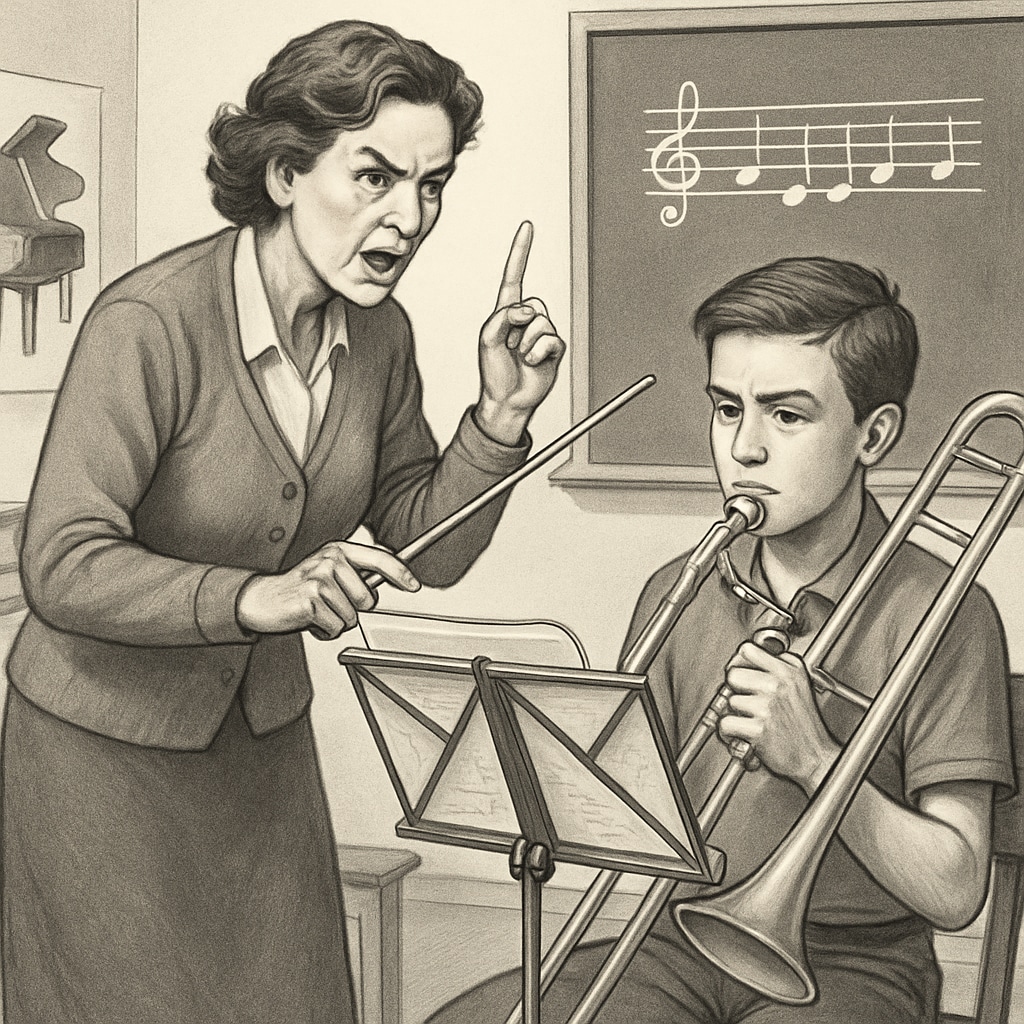In K12 education, the balance between strict educational methods and fostering a nurturing environment presents a significant ethical dilemma. This challenge is vividly illustrated in the movie Whiplash, where an ambitious music teacher pushes his student to the edge to achieve extraordinary results. Such extreme teaching methods raise questions about the limits of “tough love” and the potential psychological cost to students. How can educators encourage excellence without compromising mental well-being? This article delves into this critical question, exploring the fine line between pushing boundaries and showing care.
Strict Educational Methods: Driving Excellence or Crossing the Line?
One of the primary goals of strict educational methods is to push students to realize their full potential. Educators who adopt this approach often believe that high expectations and a no-nonsense attitude can instill discipline, resilience, and a strong work ethic. For example, the teacher in Whiplash embodies this philosophy, using harsh criticism and relentless pressure to push his student beyond perceived limits.
However, such methods come with risks. Excessive strictness can lead to stress, anxiety, and even burnout, particularly in younger students whose emotional resilience is still developing. A study published by the Encyclopedia Britannica notes that while high expectations can motivate students, they must be paired with adequate support to prevent negative psychological effects.

The Role of Care in Education: Ensuring Holistic Development
On the other hand, a caring and supportive teaching approach emphasizes emotional well-being and holistic development. Teachers who prioritize care create safe and inclusive environments where students feel valued and understood. This method aligns with educational psychology theories, such as Maslow’s hierarchy of needs, which suggests that a sense of belonging and security is foundational to learning.
For instance, instead of berating a student for a mistake, a caring teacher might offer constructive feedback and encouragement. This approach not only boosts confidence but also fosters a positive attitude toward challenges. According to Wikipedia, nurturing environments are especially crucial in K12 education, where students are at a formative stage of their academic and personal development.

Ethical Considerations: Finding the Balance
The ethical dilemma lies in finding the right balance between strictness and care. On one hand, educators have a responsibility to challenge students and prepare them for the competitive world. On the other hand, they must ensure that their methods do not harm students’ mental or emotional health.
To navigate this dilemma, educators can consider the following guidelines:
- Individualized Approach: Recognize that each student is unique, with different capacities and needs. Tailor methods to suit individual strengths and weaknesses.
- Feedback Balance: Combine constructive criticism with positive reinforcement to maintain motivation and self-esteem.
- Open Communication: Foster an environment where students feel comfortable expressing their concerns and challenges.
- Professional Development: Educators should undergo training to understand the psychological impact of different teaching methods.
Conclusion: Toward a Balanced Educational Philosophy
Balancing strictness and care in K12 education is no easy task. It requires educators to constantly assess their methods and adapt to the needs of their students. The ultimate goal should be to inspire excellence while ensuring that students feel supported and valued. As the story in Whiplash demonstrates, pushing students to their limits can yield extraordinary results, but it comes with ethical responsibilities. By combining high expectations with compassion, educators can create an environment where students thrive both academically and emotionally.
In the end, the most effective teachers are those who understand that education is not just about achieving results, but also about nurturing the whole individual. Striking this balance is not just an ethical imperative—it is the essence of great teaching.
Readability guidance: Use short paragraphs and lists to summarize key points; ensure transitions like “however” and “in addition” maintain flow. Avoid excessive passive voice and long sentences.


